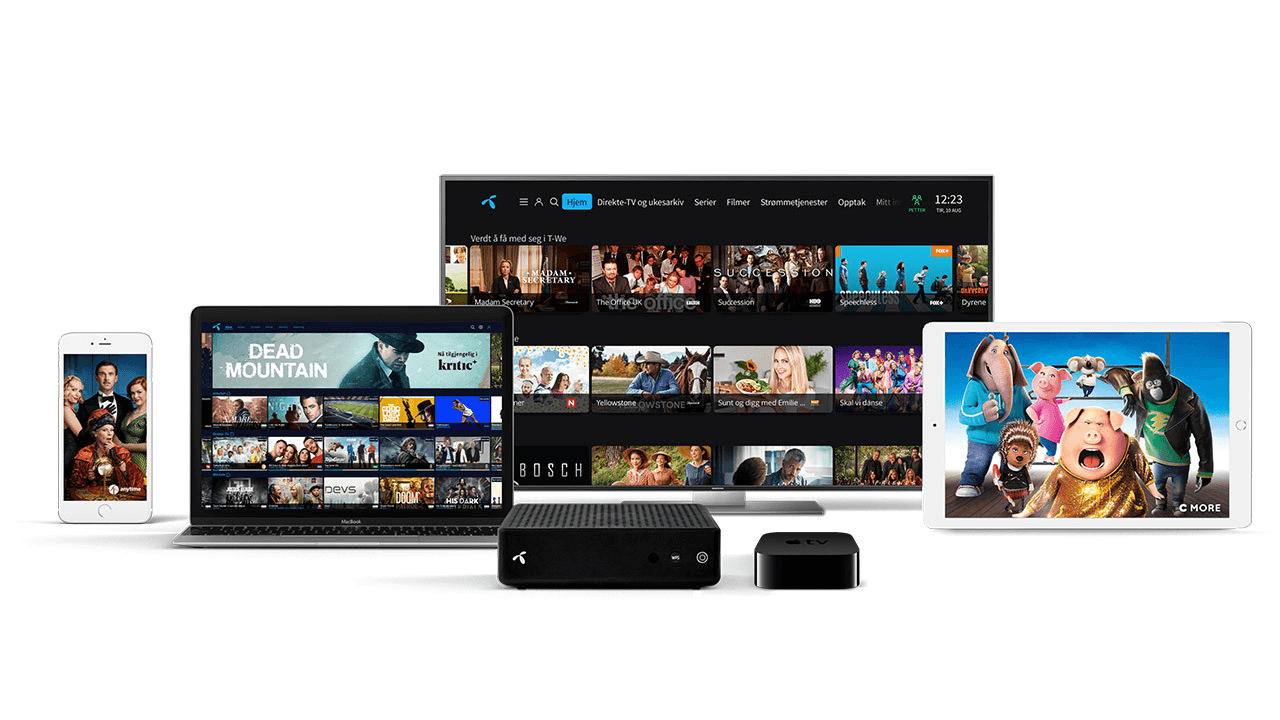Programmatic Content Management with Federated APIs
Learn how Telenor delivers a high-performance video-on-demand streaming platform through GraphQL API Federation.
Founded in 1855, Telenor is one of the largest telecommunications companies in the world. Their television venture, Telenor TV, began as a joint venture between French TV company, Canal+, and Telenor in 1997 called Canal Digital. In 2013, Telenor created a video streaming service to stream content from several local television stations to make the content more accessible to the community. The platform quickly grew to add around 2,000 videos/movies per month.
The Initial Tech StackAnchor
This project was the first time that Telenor ventured into building a streaming platform. The homebrew tech stack had a common onboarding platform that received data from various TV stations and made the content available on a CDN. The initial setup lacked a way to store and distribute metadata. Because of this, teams had to edit this data as needed manually and write new scripts when there was a change. As the amount of content continued to grow, data inconsistencies became more prevalent due to the reliance on manual work and the workflows became time-consuming.
From a customer perspective, the project was a success and given the green light to expand. The expansion of the project was a perfect opportunity for the Telenor team to make improvements to the tech stack by centralizing the data and simplifying the process so teams can make changes quickly. It was clear that they wanted to reduce the number of manual processes and start investigating what could be handled programmatically at scale. Instead of building a solution in-house, which would have been costly and time-intensive, they chose to evaluate existing solutions.
Selecting Headless CMS as Backend-as-a-ServiceAnchor
The Telenor team eventually settled on GraphCMS to find a hybrid solution that sat between a content database, CMS, and Backend-as-a-Service. Given the ability for handling complex content operations and API federation for metadata using GraphQL APIs, the team set out to test the flexibility of a content database highly customized to their needs.
With GraphCMS, the initial project setup only took days. With some monolith systems, this can take potentially up to six months.
According to the team, GraphCMS allowed for changing a single field within seconds. With larger systems, if a custom plugin needed to be built, it could take up to 2 months depending on the use-case. In reducing the amount of custom development that needed to occur and giving more flexibility to the team, Telenor greatly reduced their time to market.
A critical element in reducing the amount of manual work was the powerful GraphQL API, which offered the high performance needed to deliver a stronger digital experience to customers. With a maximum latency on millions of APIs of 100ms, the GraphQL API met the needs of the Telenor team.
Developers used GraphQL mutations to write and change content directly in the database; rather than updating content entries in the UI, further reducing the amount of manual work. The GraphCMS UI was great for the content team to make any necessary changes using the no-code editor. These improved workflows enabled Telenor to build a centralized metadata hub with GraphCMS to provide the metadata needed to power the streaming platform. These improved workflows allowed the team to build a powerful solution that optimized for a programmatic approach while providing a high-quality experience for the users.
The Benefits of Programmatic Content ManagementAnchor
Telenor was able to reap the benefits of shifting to a workflow that took on a more programmatic approach that limited manual processes. GraphCMS offers powerful GraphQL APIs and a robust feature set giving the team the benefit of modern technologies without sacrificing the tech stack’s capabilities. The powerful GraphQL APIs enabled the team to work with GraphQL mutations to make changes to the data quickly and in large batches where necessary.
Shifting to a programmatic approach ensures that data is always up to date and the inconsistencies that can occur from manual input are eliminated.
Developer teams are able to spend time on more engaging tasks than rewriting scripts to update changes and resolving data inconsistencies. The reduction of manual processes ensures that the stack is scalable as the streaming service continues to add content. The scalable nature of the stack ensures that the team is not limited by technical ability or labor-intensive processes.
